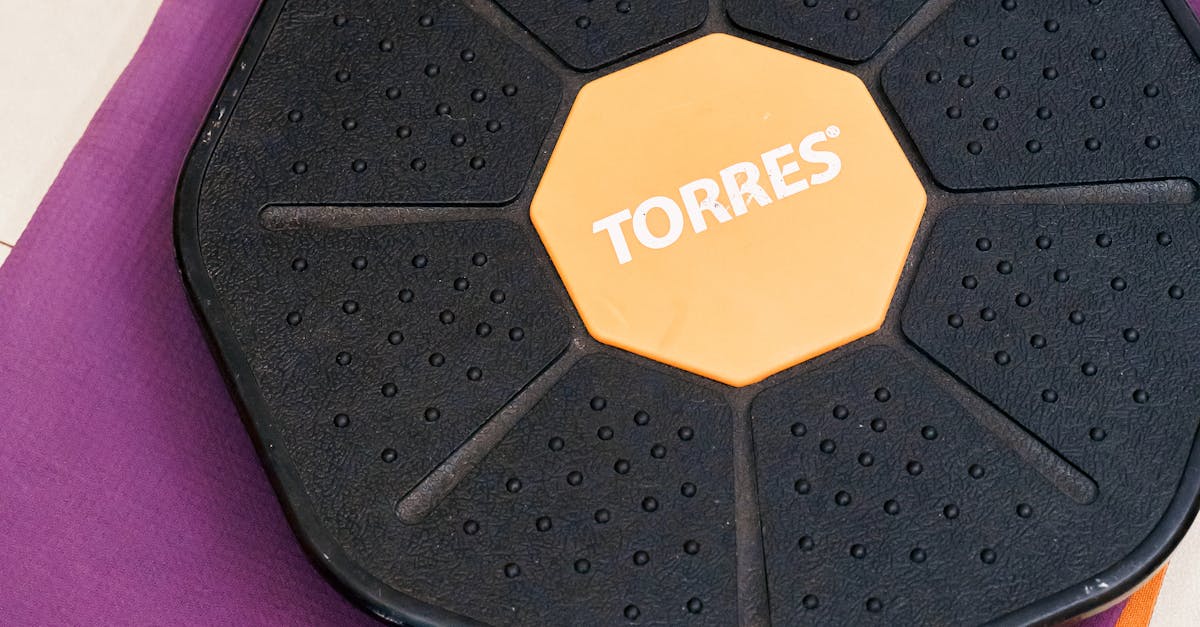Core Exercises That Don’t Use Hip Flexors: Safe Techniques for Core Stability
Avoiding Hip Flexors: Core Stability Exercises for Your Needs

Core stability is essential for overall fitness, good posture, and injury prevention. Many core exercises involve hip flexor movement, but some people may need to avoid this type of exercise due to injury or other reasons. Fortunately, there are several effective core exercises that do not use hip flexors.
When performing core exercises, it is important to focus on proper form and technique. This will help you to maximize the benefits of the exercise and minimize the risk of injury.
In this article, we will provide a list of core exercises that do not use hip flexors. We will also discuss the importance of proper form and technique when performing these exercises.
1. Introduction: The Importance of Core Stability
Core stability is essential for overall fitness, good posture, and injury prevention. The core muscles are responsible for stabilizing the spine and pelvis, and they play a key role in transferring force from the upper body to the lower body and vice versa.
When the core muscles are weak, it can lead to a variety of problems, including back pain, pelvic pain, and poor posture. Weak core muscles can also make you more susceptible to injury, especially if you are involved in activities that require a lot of twisting or bending.
Strengthening the core muscles can help to improve posture, reduce pain, and prevent injuries. Core exercises can also help to improve balance and coordination, and they can make everyday activities easier to perform.
2. Avoidance of Hip Flexors: Why and When

There are several reasons why you might need to avoid using your hip flexors in certain core exercises. One reason is if you have an injury to your hip flexors. Hip flexor injuries can be caused by overuse, trauma, or muscle imbalances. If you have a hip flexor injury, it is important to rest the muscle and avoid exercises that aggravate the pain.
Another reason to avoid using your hip flexors in core exercises is if you have specific fitness goals. For example, if you are trying to improve your running performance, you may want to avoid exercises that use your hip flexors, as these muscles can contribute to hip pain and discomfort during running. If you are unsure whether or not you should avoid using your hip flexors in core exercises, it is always best to consult with a qualified healthcare professional.
3. Effective Core Exercises Without Hip Flexors
There are a variety of effective core exercises that do not involve hip flexor movement. Some of these exercises include:
-
Planks: Planks are a great way to strengthen the core muscles without putting stress on the hip flexors. To do a plank, start by lying on your stomach. Then, raise yourself up onto your forearms and toes, keeping your body in a straight line from your head to your heels. Hold this position for as long as you can, then lower back down to the ground.
-
Side bridges: Side bridges are another effective core exercise that does not use the hip flexors. To do a side bridge, start by lying on your side with your legs extended. Then, raise your body up onto your forearm and the side of your foot, keeping your body in a straight line from your head to your feet. Hold this position for as long as you can, then lower back down to the ground.
-
Bird dogs: Bird dogs are a great way to strengthen the core and improve balance. To do a bird dog, start by kneeling on your hands and knees. Then, extend your right arm forward and your left leg backward, keeping your body in a straight line from your head to your heels. Hold this position for a few seconds, then return to the starting position. Repeat on the other side.
4. Proper Form and Technique

When performing core exercises, it is important to focus on proper form and technique. This will help you to maximize the benefits of the exercise and minimize the risk of injury.
Here are some tips for maintaining proper form and technique when performing core exercises:
-
Keep your core engaged: Throughout the exercise, focus on keeping your abdominal muscles pulled in and your spine in a neutral position. This will help to protect your back and ensure that your core muscles are working properly.
-
Control your movements: Avoid jerking or bouncing during the exercises. Instead, focus on smooth, controlled movements. This will help to prevent injuries and ensure that you are targeting the correct muscles.
-
Breathe properly: Remember to breathe throughout the exercises. Do not hold your breath, as this can lead to dizziness or lightheadedness. Inhale during the eccentric (lowering) phase of the exercise and exhale during the concentric (lifting) phase.
-
Listen to your body: If you experience any pain during an exercise, stop and consult with a qualified healthcare professional. Pushing through pain can lead to further injury.
5. Conclusion: Safe and Effective Core Strengthening
In this article, we have discussed the importance of avoiding hip flexors in certain core exercises. We have also provided a list of effective core exercises that do not use hip flexors, and we have highlighted the importance of proper form and technique when performing these exercises.
By following the tips in this article, you can safely and effectively strengthen your core muscles. This can lead to a variety of benefits, including improved posture, reduced back pain, and enhanced athletic performance.
Remember, it is always important to consult with a qualified healthcare professional before starting any new exercise program. They can help you to determine which exercises are right for you and ensure that you are performing them correctly.
Quiz
1. True or False: Core stability is important for overall fitness and injury prevention.
2. Multiple Choice: Which of the following is NOT a reason to avoid using hip flexors in core exercises?
(a) Hip flexor injury (b) Improved running performance (c) Rehabilitation
3. True or False: Planks are an effective core exercise that does not involve hip flexor movement.
4. Multiple Choice: Which of the following is a tip for maintaining proper form during core exercises?
(a) Keep your core engaged (b) Jerk and bounce during the exercises (c) Hold your breath
5. True or False: It is always a good idea to consult with a qualified healthcare professional before starting any new exercise program.
Answer Key
1. True 2. (b) Improved running performance 3. True 4. (a) Keep your core engaged 5. True
